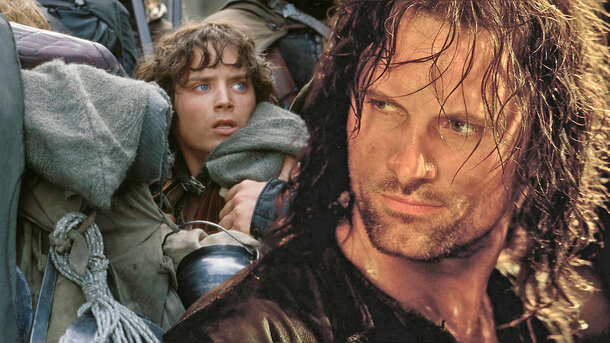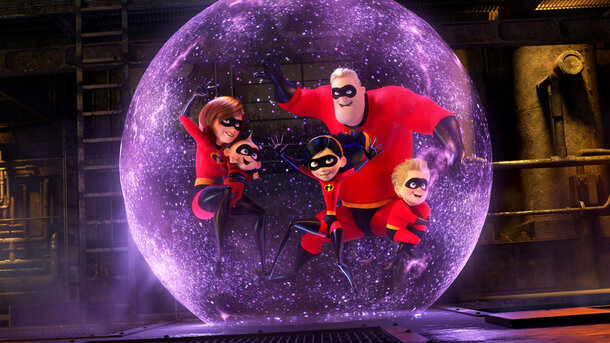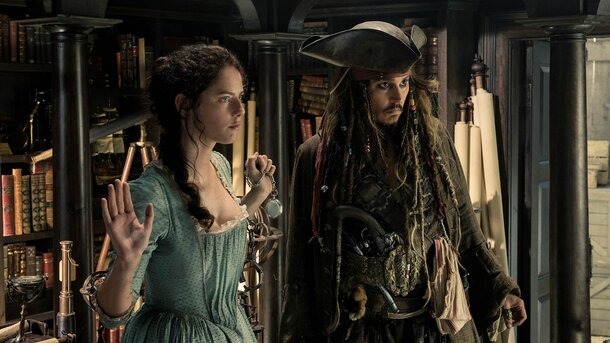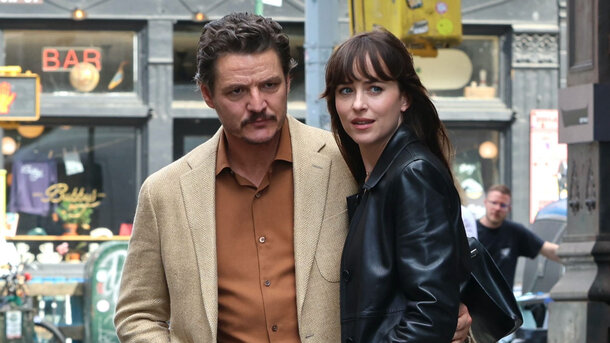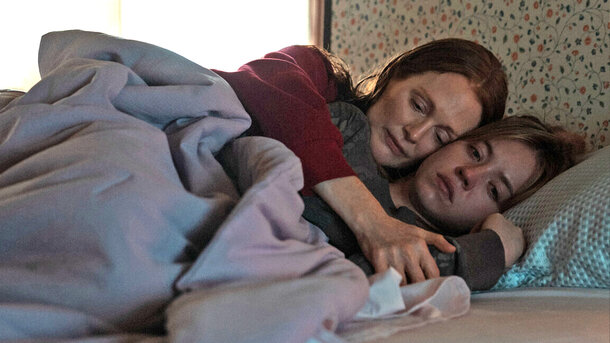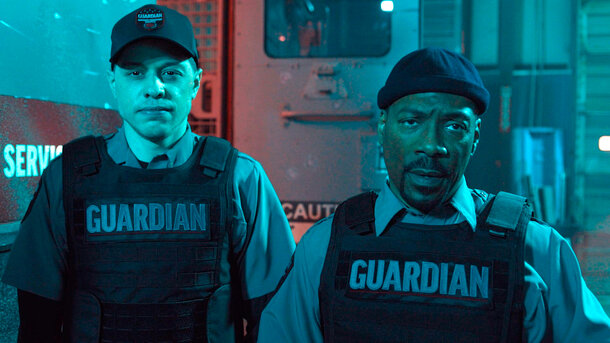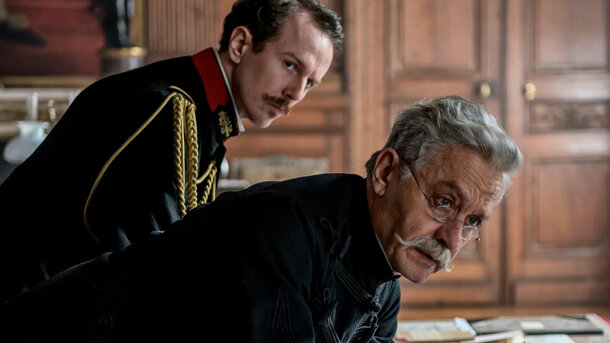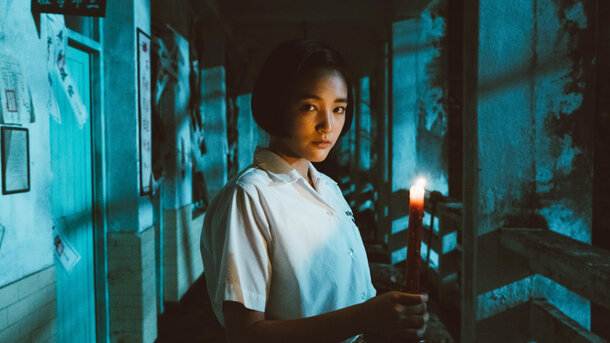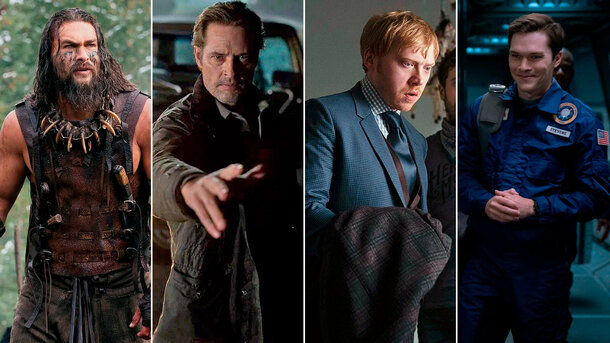When Peter Jackson’s The Lord of the Rings trilogy brought Middle-earth to life, many fans were enchanted — but readers familiar with Tolkien’s books noticed a few creative liberties, particularly with how characters looked. While much of the spirit remained intact, appearances were sometimes adjusted for cinematic effect.
Aragorn, for example, is described in the books as rugged, dark-haired, and weathered — almost unrecognisable as a future king. Jackson’s version, though convincingly played by Viggo Mortensen, leans toward a more classically heroic figure.
Frodo Baggins, meanwhile, is a far cry from Tolkien’s description of a "stout" and middle-aged hobbit. Elijah Wood’s youthful, almost elfin look added a new emotional tone, but diverged from the original image.

Legolas, too, got a cinematic glow-up. In the books, he’s fair, swift, and sharp-eyed, but there’s little emphasis on ethereal beauty. On screen, Orlando Bloom turned him into a poster-worthy action icon — elegant, flawless, and perpetually wind-swept.
Gimli, who is noble and serious in the text, was given more of a comic edge in the films, though John Rhys-Davies captured his dignity when it counted.
Then there’s Gandalf. In Tolkien’s world, he is "an old man in a tall, pointed blue hat, a long grey cloak, and a silver scarf," with bushy eyebrows that stick out "beyond the brim of his hat." Ian McKellen’s take stays largely faithful, though his version is arguably more regal and serene than the slightly scruffier wanderer Tolkien describes — especially in Gandalf the Grey form. Still, his transformation into Gandalf the White matched the book’s glowing description almost frame for frame.

Other characters were also subtly reimagined: Boromir is far more golden and princely in the book than Sean Bean’s world-weary warrior. And Galadriel, though ethereal in both versions, is described by Tolkien as more maternal and less towering than Cate Blanchett’s luminous queen-like presence.
Of course, adapting such a rich world always requires choices. While the characters’ looks sometimes shifted between page and screen, their souls — and the stories they told — remained faithful to Tolkien’s vision.
